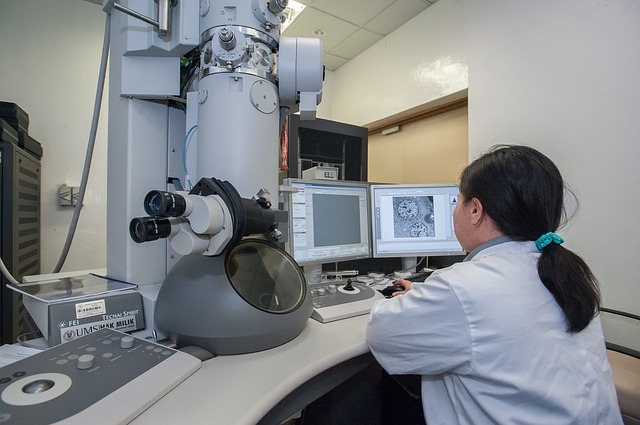We don\’t believe in what we can\’t see. This is the attitude of many people, one exception can be seen in the movie Inheritance. The problem with the human eye, however, is that it has fundamental limitations when trying to zoom in on both the micro and macro worlds. We gain our understanding of the everyday world from everyday observations. But with size comes speed. Things happen more slowly than we do when we approach the limit giant size to understand the planets and the solar system. But the course of life is not dependent on this understanding. Since when did people think the earth was flat? Would that have changed anything? Nothing has changed at all. Maybe some men who had evidence that the blue earth was really round just lost their heads. The opposite is true of understanding events in the micro world. How many people died of infections before doctors understood the importance of hygiene and clean hands? How many people died of scurvy (vitamin C deficiency)? 
Thus, the micro-world has a huge impact on our lives. The more we can observe it, the more we can save humanity from various diseases. We can also develop more effective anti-wrinkle creams! But how can we observe an ensemble of molecules or molecules themselves at the nanometer level? Here physics answers us with a beautiful invention: the electron microscope. Like conventional optical microscopes, electron microscopes contain lenses and elements that enhance their performance.
How it works
Light microscopes work on the principle of exposing an object to photons. In electron microscopy, surprisingly, it is electrons. The source of the electron beam is often an incandescent tungsten filament. The environment inside the chamber must be vacuum because the emitted electrons are easily absorbed by oxygen molecules and other substances. When the sample comes into contact with it, a variety of interactions can occur, including elastic and inelastic scattering, absorption, back-reflected electrons, Auger electron emission, and x-rays. In general, both types of scattering can be detected, allowing, for example, the distribution of elements in a crystal lattice to be observed. Retro-reflected electrons can also be detected.
In 2017, the Nobel Prize in Chemistry was awarded to authors who worked with so-called cryogenic microscopy. This is electron microscopy at very low temperatures (77 K)
.
